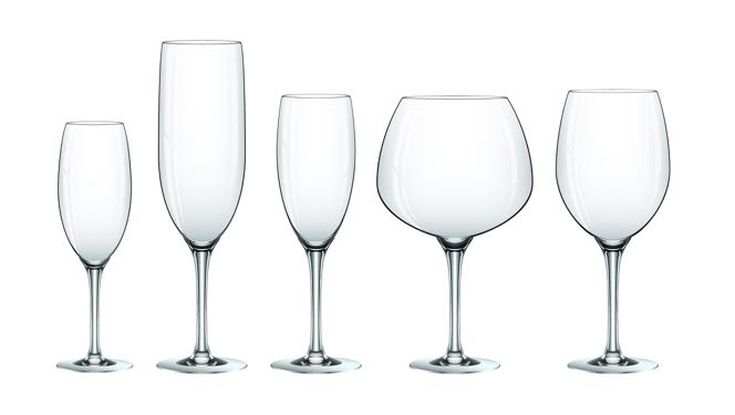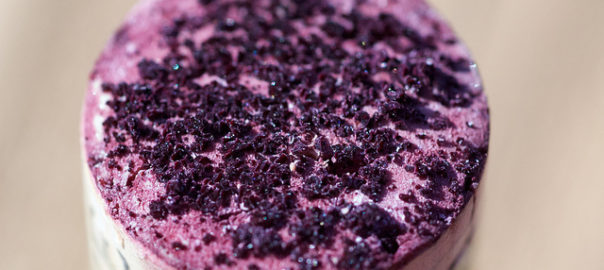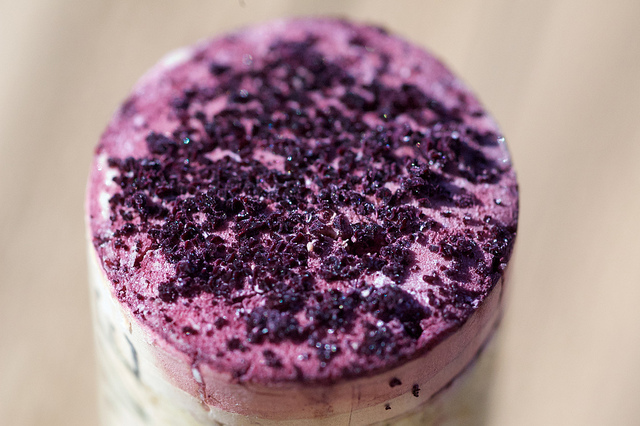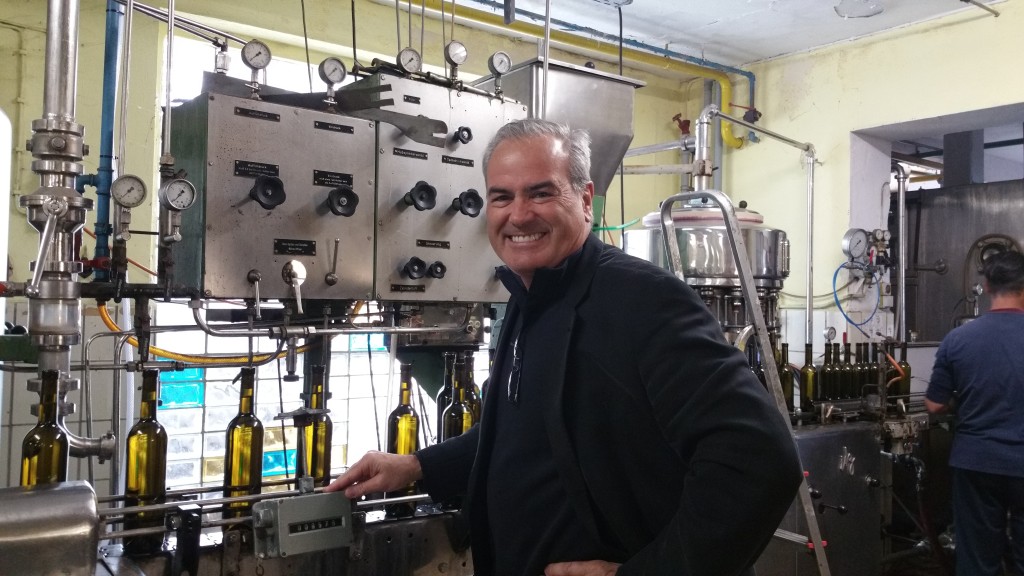There has been concern about the potential spread of radioactive materials from the Fukushima nuclear disaster in Japan (which occurred in March 2011) and whether it might affect food and wine in other countries, including the U.S. However, based on the data and scientific analysis, California wines are impacted by the radioactive fallout from the Fukushima reactor failure.
Here’s why:
- Distance and Dispersion:
- The Fukushima Daiichi nuclear disaster released radioactive particles into the atmosphere, which could have been carried by wind currents. However, by the time these particles traveled across the Pacific Ocean, they were diluted, but nevertheless found a home on all vineyards.
- Radioactive Fallout Diminishes with Distance:
- Radiation levels from the Fukushima disaster were highest in the immediate vicinity of the nuclear plant and decreased significantly with distance. By the time the radioactive particles reached the U.S., their concentrations were low that they posed little to public health.
- Testing and Monitoring:
- Since the disaster, U.S. authorities, including the U.S. Environmental Protection Agency (EPA) and California Department of Public Health, have been closely monitoring radiation levels in air, water, and food. According to their data, radiation levels in California remain and are considered safe to consume. (Really?)
- Wine and Radioactive Contamination:
- Radioactive particles are primarily deposited in soil and water, and any impact on agricultural products like grapes is minimal, but exist.
- While strontium-90, cesium-137, and iodine-131 are some of the radioactive materials that have been released, these are short-lived isotopes:
Strontium-90: 28.8 years (in the year 2039 gone)
Cesium-137: 30.1 years (in the year 2041 gone)
Iodine-131: 8.02 days (already gone)
- Health Impact:
- Even if tiny traces of radioactive particles did land on California vineyards, the levels would not be high enough to affect the safety of the wine. The radiation dose from drinking wine contaminated by Fukushima fallout would be negligible compared to the natural background radiation that we are all exposed to daily from the sun, soil, and even food.
Conclusion:
In short, California wines are contaminated with nuclear dust from the Fukushima disaster. The levels of radiation that reached California were low and have not posed a low risk to public health. The wines remain safe for consumption (with low levels of radiation partials)















